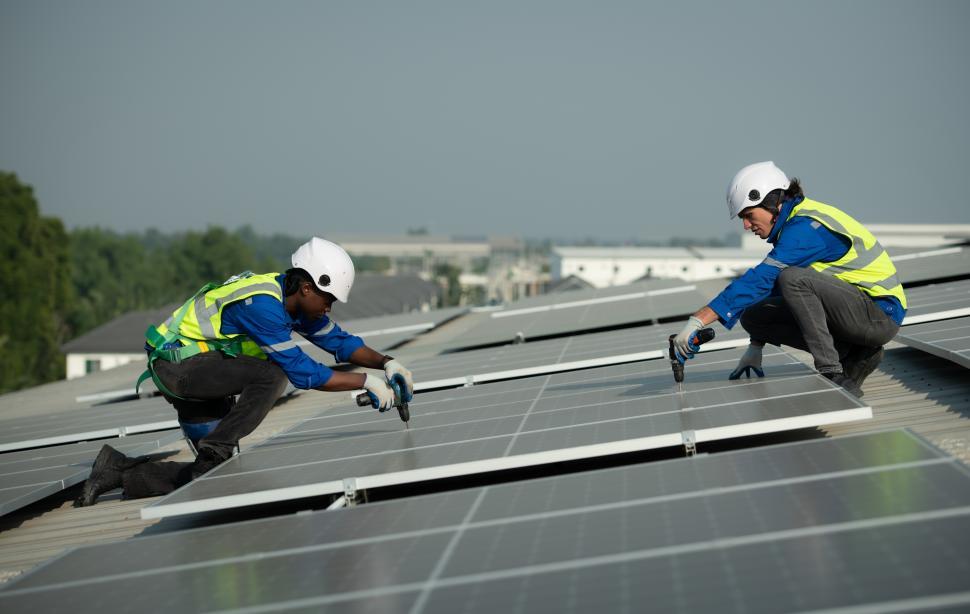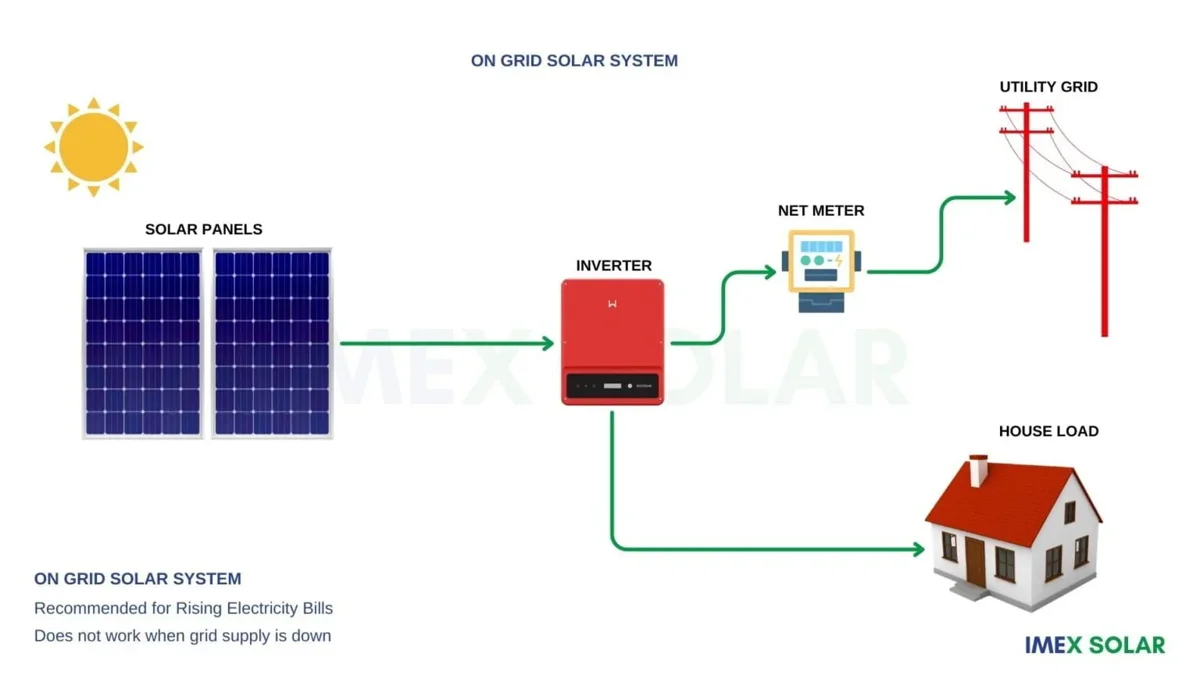Introduction
Solar photovoltaic (PV) systems are transforming how we generate and use electricity. By converting sunlight into usable energy, these systems provide a clean, sustainable alternative to traditional electricity from fossil fuels. Understanding how solar PV systems work is essential for homeowners, businesses, and anyone interested in renewable energy.
Understanding Solar Energy
Solar energy is the energy produced by the sun. The Earth receives enough solar energy in one hour to power the entire world for a year. Solar PV systems harness this energy, converting it into electrical power through the use of solar panels composed of photovoltaic cells. These cells are typically made from semiconductor materials, such as silicon, which create an electric current when exposed to sunlight.
Core Components of a Solar PV System
A typical solar PV system consists of several key components:
- Solar Panels: Capture sunlight and convert it into direct current (DC) electricity.
- Inverters: Convert DC electricity from the panels into alternating current (AC) suitable for household use.
- Batteries: Optional storage to store excess energy for nighttime or load-shedding.
- Mounting System: Securely holds the panels at the correct angle for optimal sunlight exposure.
- Monitoring System: Software that tracks production, consumption, and efficiency.
Solar Panels: How They Work
Solar panels, also called photovoltaic modules, are made up of many solar cells. Each cell converts sunlight into electricity via the photovoltaic effect. When sunlight strikes the cell, photons knock electrons loose from atoms within the semiconductor material, generating a flow of electrical current. Panels are rated by power output (in watts) and efficiency, with monocrystalline panels being the most efficient, followed by polycrystalline and thin-film options.
Inverters: Converting DC to AC
Solar panels generate DC electricity, but homes use AC electricity. The inverter converts the DC power into AC power compatible with your home’s electrical system. Inverters come in three main types:
- String Inverters: Connect multiple panels in series. Cost-effective but a single shaded panel can reduce the output of the entire string.
- Microinverters: Installed per panel, optimizing performance individually, especially in shaded or uneven roof conditions.
- Hybrid Inverters: Manage both solar generation and battery storage.
Batteries and Energy Storage
Batteries store excess electricity produced during the day for use at night or during power outages. Battery options include:
- Lead-Acid Batteries: Cost-effective but have a shorter lifespan and lower efficiency.
- Lithium-Ion Batteries: Higher efficiency, longer lifespan, more expensive upfront.
Storing energy allows for energy independence and protection against load-shedding or unreliable grids.
Mounting Systems and Installation
Solar panels need secure mounting systems for rooftops, carports, or ground installations. The mounting system ensures the panels are fixed at the optimal tilt and orientation for maximum solar exposure. Roof assessments are crucial to ensure structural integrity, and local building codes must be adhered to. Proper installation improves efficiency and longevity.
Monitoring and Maintenance
Modern PV systems include monitoring tools to track energy production, system efficiency, and potential faults. Monitoring can be done via apps, web dashboards, or inverters with built-in displays. Routine maintenance includes cleaning panels, checking wiring and connections, and inspecting inverters. Batteries should be checked periodically based on type and usage.
Grid-Tied vs Off-Grid Systems
Grid-tied systems connect directly to the local electricity grid. Excess energy can be fed back to the grid, often for credit through net metering. Off-grid systems operate independently, relying on batteries for energy storage. Hybrid systems combine both approaches, offering grid backup while storing excess energy in batteries.
Calculating System Size
System sizing is based on energy consumption, roof space, sun exposure, and efficiency of components. Homeowners should calculate their average daily electricity usage (kWh) and determine how many panels and battery storage capacity are needed to meet their energy requirements. Professional assessments can ensure optimal system design and ROI.
Financial Considerations and Incentives
Solar PV systems can significantly reduce electricity bills over time. In South Africa, government incentives, rebates, and tax credits may help offset installation costs. Calculating payback period and return on investment (ROI) is essential before committing to a system. Many homeowners recoup their investment in 4–8 years, depending on system size and energy prices.
Environmental Impact
Using solar PV systems reduces greenhouse gas emissions, lowers carbon footprint, and contributes to a sustainable energy future. Unlike fossil fuel electricity, solar power produces no air pollution or greenhouse gases during operation. Widespread adoption of solar technology helps mitigate climate change and promotes energy independence.
Technological Innovations
Solar technology continues to evolve. Recent innovations include bifacial panels that capture sunlight from both sides, high-efficiency monocrystalline panels, and smart inverters that optimize energy usage. Integration with home automation systems and smart meters enhances energy efficiency and management.
Conclusion
Solar PV systems are a reliable, sustainable solution for generating electricity. Understanding the components, operation, and maintenance is crucial for maximizing efficiency and financial return. With proper installation, monitoring, and maintenance, solar PV systems can provide decades of clean, renewable energy for homes and businesses.


